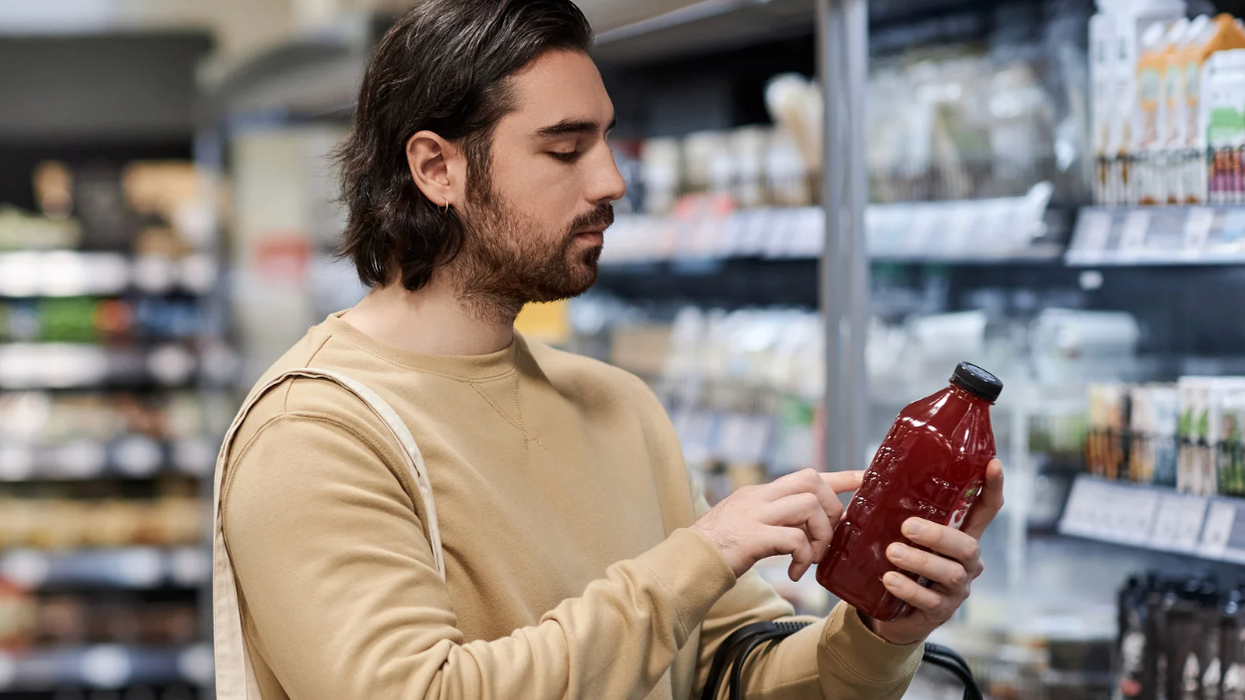I don’t know about you, but I plan to spend Sunday eating and drinking beer and watching lots of commercials and eating some more. Oh, and watching some football, I suppose. I’m not really a sports fan, though my dad roots for the Giants. (Go Giants!) But Super Bowl Sunday isn’t about football. Or, at least, it’s not exclusively about football. It’s a national holiday dedicated to eating as much as you want, drinking as much as you can, and wishing for that car/snack food/sneaker/E*Trade account you just saw on TV. According to the U.S. Department of Agriculture, Americans consume more on Super Bowl Sunday than any day except Thanksgiving.
That makes this weekend a less-than-obvious time to think about sustainability. Discussions about living sustainably often come around to sacrifice—giving up meat, incandescent light bulbs, gas-guzzling SUVs, cheap coal—and we are not going to give up the Super Bowl. The only path forward is to try to minimize its impact, to design the most sustainable Super Bowl possible. Here is what that might look like.
The Stadium. The greater sports world, like most modern businesses, is working to make operations more energy- and resource-efficient. Last year saw the creation of the Green Sports Alliance, and a Natural Resources Defense Council program has advised sports teams on going green since 2004. Stadiums now feature recycling, composting, napkins made from post-consumer content, scoreboards lit with LEDs, flushless urinals, seats made of recycled materials, retractable roofs that minimize air conditioning needs, and advanced building control systems that help reduce waste. Some teams, including the New England Patriots, are installing solar panels to help power behemoth stadiums; the Washington Redskins claims to have the largest array in the National Football League.
But on game days, even the Redskins’ solar installation provides only a fraction of the power the stadium needs. A Sustainable Super Bowl stadium will have invested in an energy storage system so that it can hoard solar or wind energy to use on days when the stadium needs the most power. It would also recycle wastewater and use it to water the field and flush toilets.
Getting to the stadium also drives up the Super Bowl’s environmental impact. This year, both teams come from the east coast, yet the game is being held in Indianapolis. Both teams, plus legions of fans, have to fly long distances for the game. A more sustainable choice of venue would place the game at a stadium centrally located to both teams or at the home stadium of one of them. Sustainable stadiums would also allow access only by public transportation, eliminating lines of idling cars and fields of parking lot asphalt (tailgating would be an unfortunate casualty).
The Ads. All eyes are on the TV during the Super Bowl, and the ad people know it. They hawk us cars and soda and snacks. They sell us beer we’re already drinking. They pitch blockbuster movies. Every commercial break offers an opportunity to give us this message: Go. Buy. More.
The Sustainable Super Bowl would sell us a different message. Instead of a handsome man zooming down the open road in a sleek ride, we’d see a handsome biker zooming down a city street on his shining bike, dodging cars slowed by traffic. The slogan would be: “The new open road.” Or, an Amtrak ad might feature a pretty girl on a train. An attractive man sits next to her. Romance ensues. Instead of ads pushing milk or pork, we’d hear about the benefits of beans or cauliflower. An ad from the U.S. Council of Mayors about a family discovering unknown adventures in their hometown might replace one selling trips to Disney World.
The Super Bowl Party. Rest easy: A Sustainable Super Bowl Party would still feature beer. The key is to get together with your friends—or, preferably, your neighbors, to minimize travel and waste. Turn on one TV. Pool your money for a keg. Maybe choose a local beer. (You know it’s better than Budweiser.)
Think hard about the snacks you make. Vegetable plates are a good choice, and if you can bear to cut up your own broccoli, you can skip the excess packaging and carbon costs of delivery. I’m also going out on a limb and advocate tofu buffalo wings. Yes, they exist. What makes buffalo wings so delicious? They are fried and covered with delicious, spicy sauce, then dipped in blue-cheese dressing. Does it really matter what is on the inside? You will taste neither the chicken nor the tofu. Try the tofu.
Photo via (cc) Flickr user AnnieGreenSprings
















 Otis knew before they did.
Otis knew before they did.